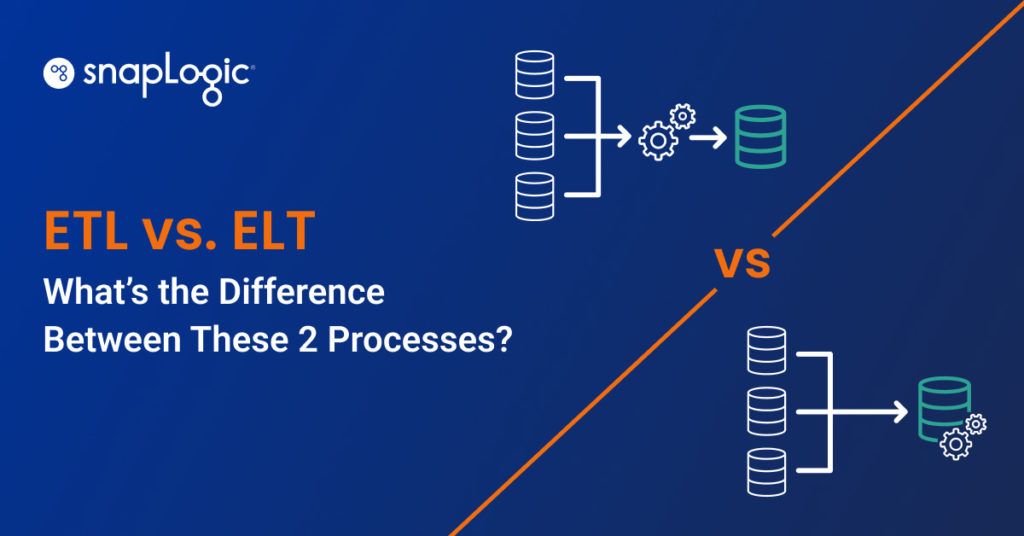What are data migration tools?
Data migration tools are used for moving data from one storage system to another. They do this through a process of selecting, preparing, extracting, and transforming data to ensure that its form is compatible with its new storage location. This process is known as data migration, and the tools used are what make the movement of data possible.
A common discussion is that of data integration vs. ETL (Extract, Transform, Load). The basic difference between these is that data integration is a permanent part of a company’s system architecture. It remains and facilitates data flows between various sources. On the other hand, an ETL tool will generally be used for a single migration.
There are a number of reasons why an organization might want to migrate its data from one platform to another. These can include:
- Consolidating a range of data sources into one.
- Replacing, maintaining, or upgrading server or storage equipment.
- Relocating from one data center to another.
- Recovering data from a damaged or compromised source.
For whatever reason, when moving their data, an organization will need data migration tools to do it. For example, if a company wants to migrate its database to Azure cloud storage to make it easier to analyze the data, it will need to choose a tool to perform that action. There are generally three choices when choosing which data migration tools to use, which depend on the requirements and circumstances of the data user.
- On-premises data migration tools: These are for moving data between land-based servers or databases without using the cloud.
- Cloud-based data migration tools: These are used for transferring data to huge data lakes or warehouses in the cloud, such as for legacy data migration to a system more capable of rapid analysis.
- Open-source data migration tools: These are for moving data between either land or cloud-based storage — as they are open-source, they can significantly reduce costs.






